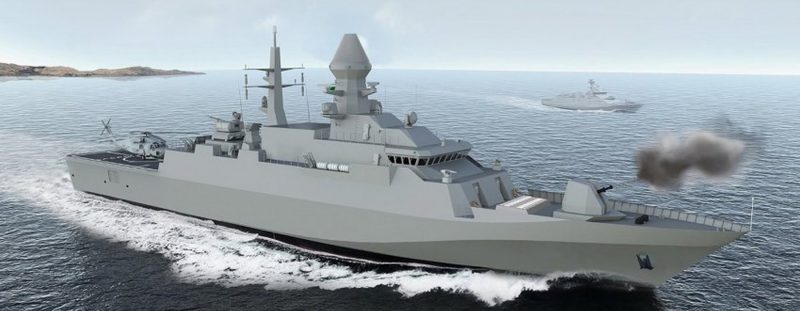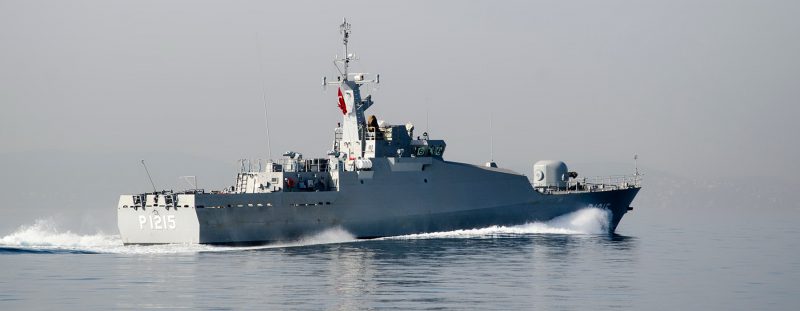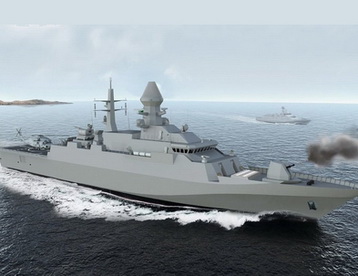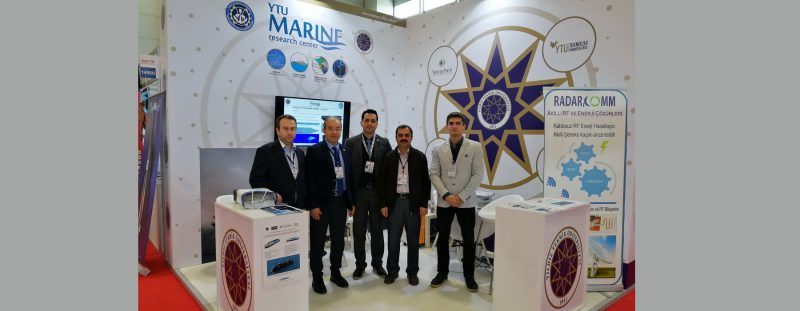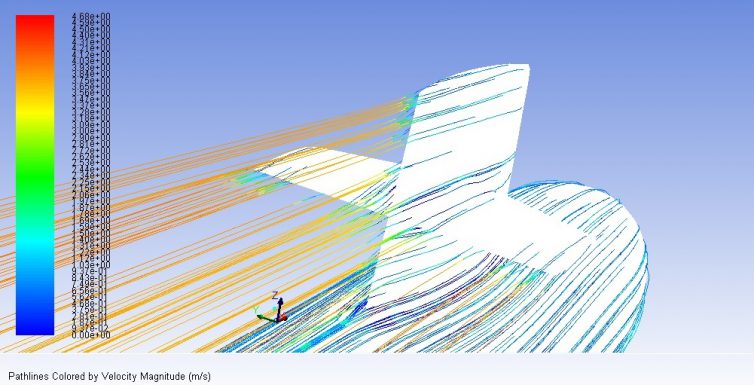One of the crucial aspects of the conceptual design of a stepped planing hull is the prediction of its performance. To improve performance, the prediction of total resistance must become more accurate. In the field of research, both towing tank experiments and numerical analysis may be used to achieve this goal. In this study, experiments […]
Continue ReadingNumerical investigation of flow over tandem and side-by-side cylinders
In the present paper, two-dimensional unsteady flows over circular cross-section cylinders are analyzed numerically. The effects of placement of the cylinders are investigated for two different arrangements: tandem and side-by-side. Several turbulence models are tested, and it is found that Spalart-Allmaras turbulence model is the best among one- and two-equation turbulence models. The most appropriate […]
Continue ReadingComputational prediction of hydrodynamic coefficients for heave motion
In this study, the hydrodynamic coefficients associated with heave motion are obtained by using unsteady Reynolds-averaged Navier-Stokes (URANS) approach. The well-known Wigley hull is selected for the calculations of uncoupled added mass and damping coefficients (A33, B33) in deep water. Numerical simulations are performed for six different oscillation frequencies at the Froude number 0.3. First, […]
Continue ReadingPerformance analyses and optimization of a regenerative supercritical carbon dioxide power cycle with intercooler and reheater
Abstract
Supercritical CO2 (sCO2) power cycles play an important role in energy production as they are more efficient and more compact than conventional energy production systems. Therefore, they are widely used in different systems such as nuclear systems, renewable energy systems, heat recovery systems, fossil power plants, submarines, and some commercial and navy ships that produce a wide range of power operating in different temperature ranges. It has become very popular especially in recent years due to its widespread use and technical capabilities. This study analyses the effects of some design parameters (pressure ratio and temperature ratio) on the performance criteria (net work, thermal efficiency, back work ratio, and total entropy generation) and draws some optimum working conditions by means of the purpose of using. Results show that to obtain an optimum system according to maximum thermal efficiency or maximum net work the design range for the compression ratio for temperature ratio (α) 2, is between 5.224 and 6.449, for α=2.75, 8.408 and 12.57, and for α=3.5, the design range is between 11.35 and 16.
Seatific 2021; 1(1): 1-6 DOI: 10.14744/seatific.2021.0001

